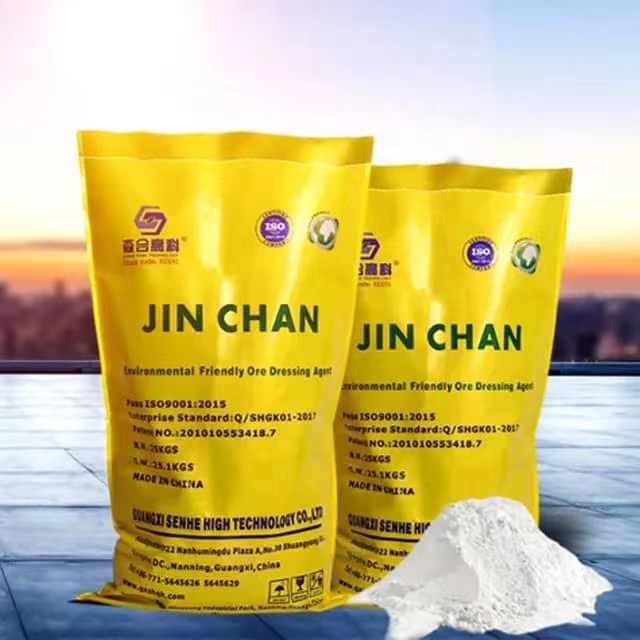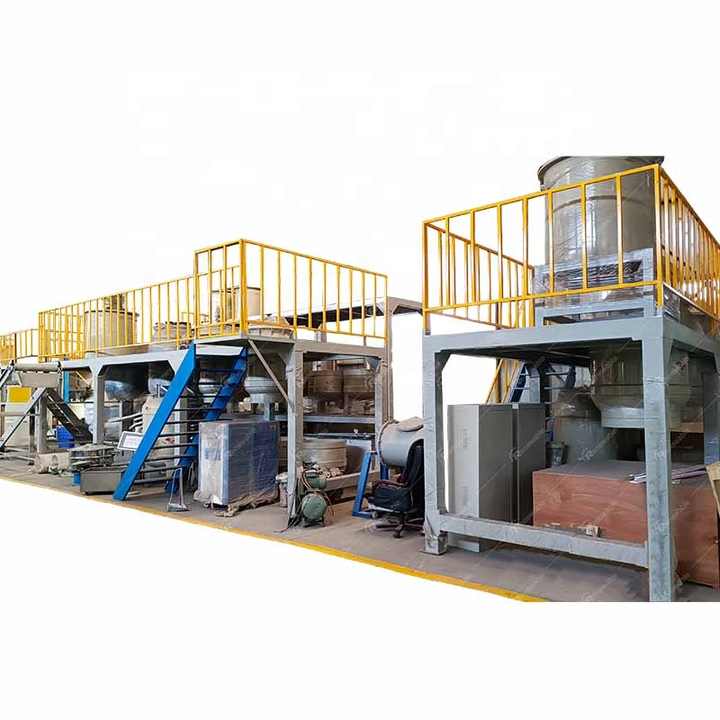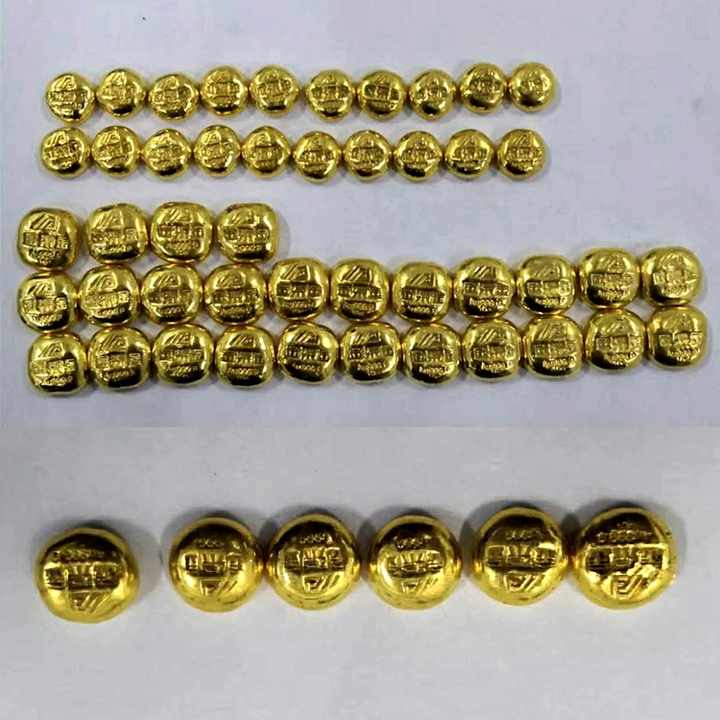gold refining at home
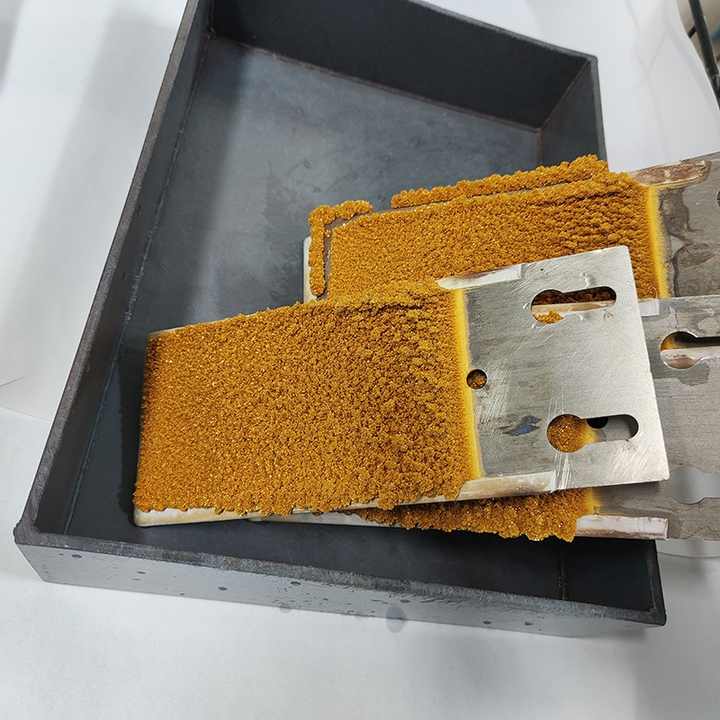
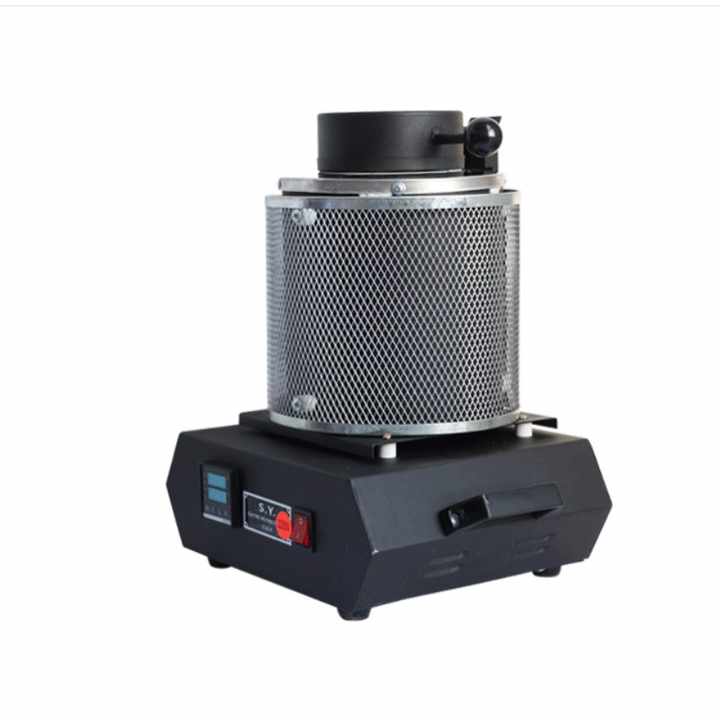
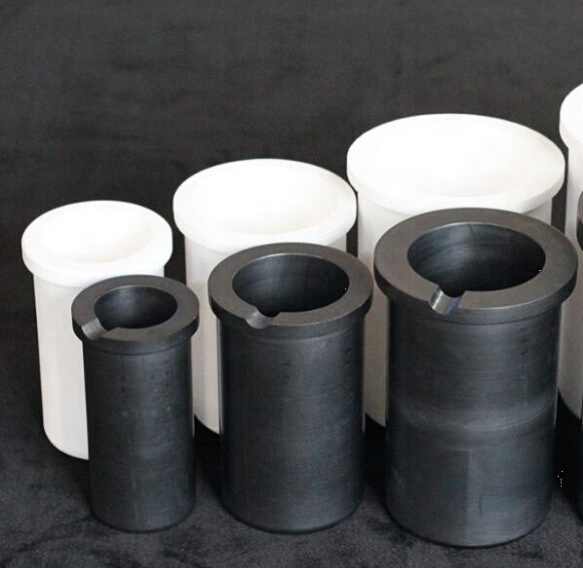
Gold Refining at Home A Guide to DIY Gold Purification
The allure of gold has captivated humanity for centuries, driving individuals and civilizations to seek and accumulate this precious metal. While professional gold refining is typically carried out in specialized facilities equipped with advanced technology, some enthusiasts and hobbyists explore the possibility of refining gold at home. This article explores the basics of gold refining at home, outlining the methods and considerations involved in purifying gold in a domestic setting.
Understanding the Basics of DIY Gold Refining
Refining gold at home can be an intriguing project for those interested in chemistry and metallurgy. However, it is important to note that home refining comes with its own set of challenges and risks, primarily related to safety and environmental concerns. Before embarking on this venture, it is crucial to understand the processes involved and the precautions necessary to ensure a safe and effective refining experience.
Preparation and Safety Measures
Before starting the refining process, establish a dedicated workspace that is well-ventilated and free from flammable materials. Wear appropriate personal protective equipment (PPE), including gloves, goggles, and a respirator mask, to protect against harmful chemicals and fumes. Ensure that all equipment and materials are properly stored and handled according to safety guidelines.
Tools and Materials Needed
To refine gold at home, you will need several tools and materials:
- Gold Samples: Collect your gold samples, which could be old jewelry, electronic components, or other items containing gold.
- Acids: Hydrochloric acid (HCl) and nitric acid (HNO₃) are commonly used in gold refining. Aqua regia, a mixture of HCl and HNO₃, is particularly effective for dissolving gold.
- Containers: Glass beakers or plastic containers suitable for handling acids.
- Heating Equipment: A hot plate or a Bunsen burner for controlled heating.
- Reducing Agents: Sodium metabisulfite (Na₂S₂O₅) or other reducing agents to precipitate gold out of solution.
- Filters and Filter Paper: To separate solid gold from liquid solutions.
- Test Kits: To verify the purity of the refined gold.
Steps in the Refining Process
Step 1: Crushing and Grinding
If your gold samples are in solid form, begin by crushing and grinding them into a fine powder using a mortar and pestle. This increases the surface area, making it easier for the acids to react with the gold.
Step 2: Dissolution with Aqua Regia
Prepare a mixture of hydrochloric acid and nitric acid in a ratio of approximately 3:1 to create aqua regia. Carefully add your gold powder to the acid solution and heat gently to facilitate the dissolution process. The nitric acid oxidizes the gold, while the hydrochloric acid provides chloride ions that help form a soluble complex with the gold ions.
Step 3: Precipitation with Reducing Agent
Once the gold has dissolved, allow the solution to cool slightly. Add a reducing agent, such as sodium metabisulfite, to the solution. The reducing agent will react with the gold ions, causing them to precipitate out of the solution as solid gold.
Step 4: Filtration and Washing
Filter the precipitated gold using filter paper to separate it from the liquid. Wash the solid gold with distilled water to remove any residual acids and salts.
Step 5: Drying and Melting
Dry the filtered gold completely before melting it into a solid piece. Use a crucible and a melting furnace or torch to heat the gold to its melting point (approximately 1,064°C or 1,947°F). Pour the molten gold into a mold to form a bar or ingot.
Step 6: Verification and Storage
Verify the purity of the refined gold using test kits or send a sample to a professional lab for analysis. Store the refined gold securely in a dry place away from moisture and contaminants.
Considerations and Challenges
While refining gold at home can be rewarding, it is important to recognize the limitations and potential hazards associated with this process. Handling acids and other chemicals requires a high level of caution and expertise. Additionally, the purity of gold refined at home may not reach the same level as that achieved in professional facilities due to limited resources and techniques available in a home environment.
Gold refining at home is a fascinating endeavor that combines practical chemistry with the satisfaction of transforming raw materials into something valuable. However, it demands a thorough understanding of the processes involved and a commitment to safety and environmental responsibility. For those who are up to the challenge, home refining can provide a unique and educational experience in metallurgy and chemistry. Always prioritize safety and consider consulting with experts or professionals before attempting any refining processes.










